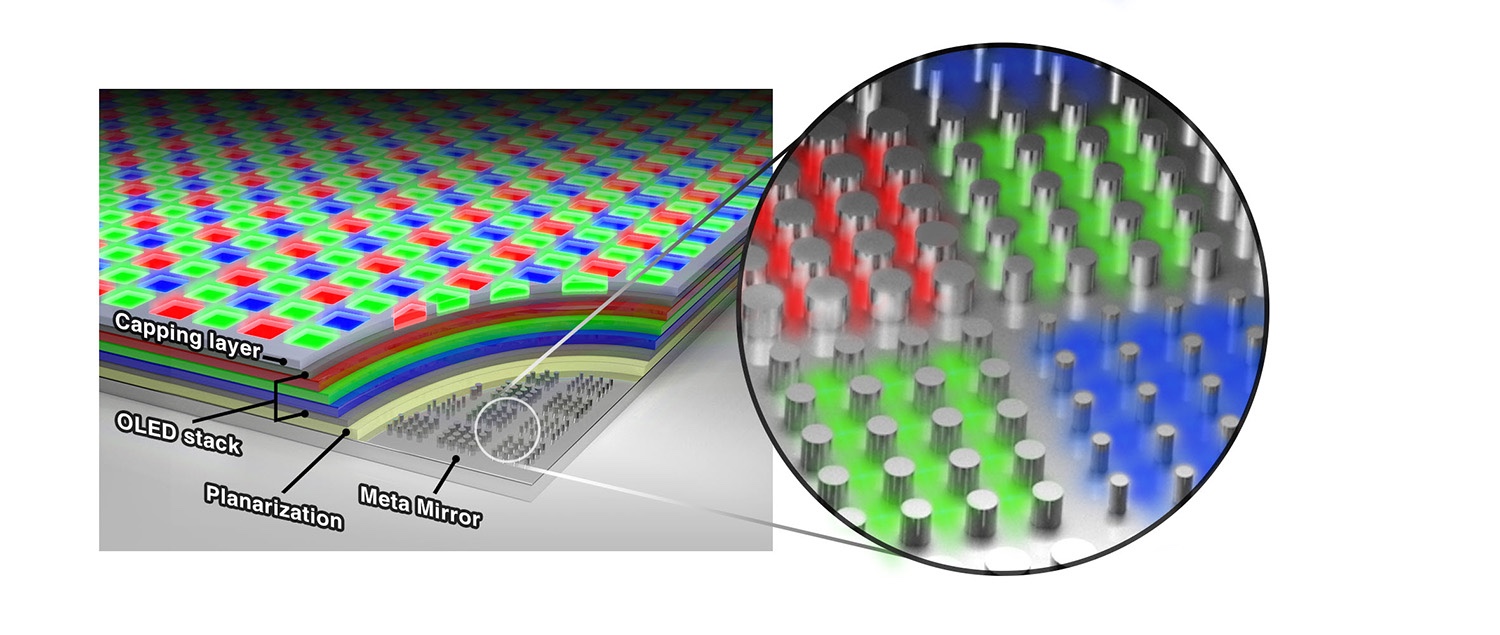This OLED breakthrough is a game changer for TVs, phones and VR
Research has produced an ultrahigh-resolution OLED panel that's brighter with purer colors

When it comes to the displays on our many home and mobile electronics, it can sometimes feel like we've hit the zenith in terms of bright, eye-popping LED lights. Your shiny new iPhone can nearly blind you in the middle of the night, and that awesome new TV you just bought is all about ensuring it delivers the brightest picture possible.
And yet, the search for an even brighter, more detailed, and more reliable OLED tech continues. This time, it looks like researchers may have just discovered a new OLED architecture that's not only brighter than any other out in the field, but delivers a higher resolution than any of the newest TVs or phones you can buy right now.
- QLED vs. OLED TVs: Who Wins?
- What is the best VR headset?
- Plus: Best Black Friday deals
The new OLED architecture is capable of achieving 10,000 pixels per inch. It's based on tech that had originally been designed for use with solar panels, and it comes from the minds of researchers at Stanford University and Samsung's Advanced Institute of Technology (SAIT), utilizing a "metaphotonic" material that controls light in a different manner than OLEDs currently do.
SAIT scientist Won-Jae Joo is one of the leaders when it comes to utilizing so-called "metamaterials" to be used to manipulate light just like solar cells could. Joo, with an understanding on how the same application could make sense with OLED panels, forged a partnership between Samsung and Stanford's research team.
The new OLED architecture is effectively known as an "optical metasurface" that's crafted out of reflective metal with special microscopic pillars that ultimately wrinkle up the architecture's base surface. From there, the pillars manipulate the wavelengths unique to red, blue, and green lights. White light hits the pillars and then is given a specific color that matches their opposing diodes.

Researchers have already created proof-of-concept pixels to demonstrate this new method. It's quite promising, as it offers better, purer colors and a significant increase in luminiscence efficiency. This new architecture could result in TVs or smartphones with brighter screens that utilize much less energy. That 10,000 PPI tht the new OLED architecture can achieve is about twice as much as 400 to 500 PPI that current smartphones are capable of, according to material from Stanford about the new technology. The advances are also detailed in the Oct. 22 issue of Science.
Most OLED screens on TVs and other displays light up when an electric current is used. The on-screen pixels then display a color between red, green, or blue to create hues that human eyes can see. For typical OLED screens on smartphones, each individual emitter produces a primary color on its own, which is sorted out and applied against a sheet with all the correct composition diodes.
Get instant access to breaking news, the hottest reviews, great deals and helpful tips.
The real benefit could felt by VR headsets though, as high-pixel-density displays are particularly crucial when the screens are close up to our face.
Brittany Vincent has been covering video games and tech for over 13 years for publications including Tom's Guide, MTV, Rolling Stone, CNN, Popular Science, Playboy, IGN, GamesRadar, Polygon, Kotaku, Maxim, and more. She's also appeared as a panelist at video game conventions like PAX East and PAX West and has coordinated social media for companies like CNET. When she's not writing or gaming, she's looking for the next great visual novel in the vein of Saya no Uta. You can follow her on Twitter @MolotovCupcake.

